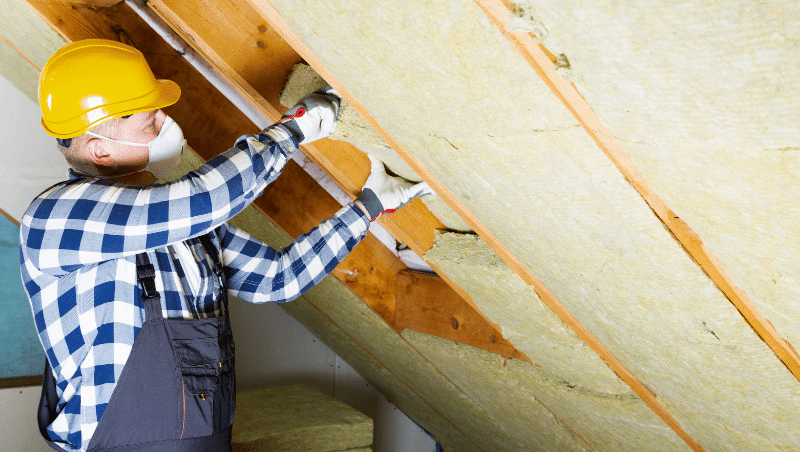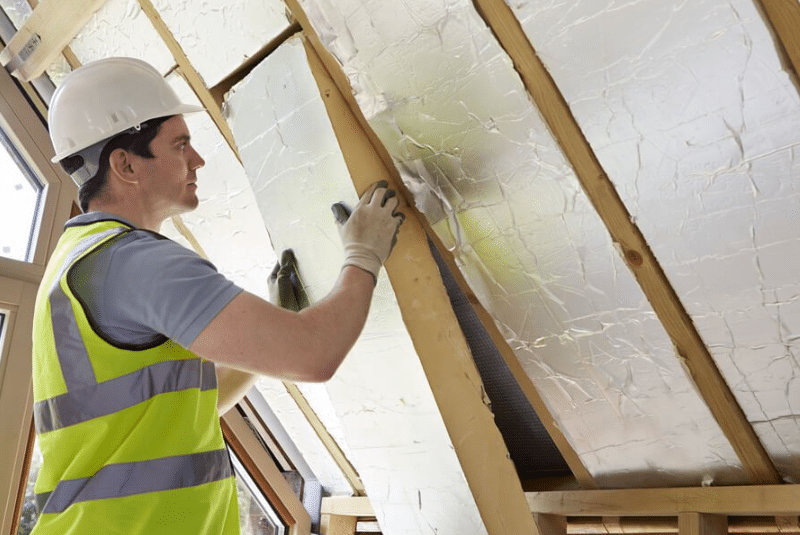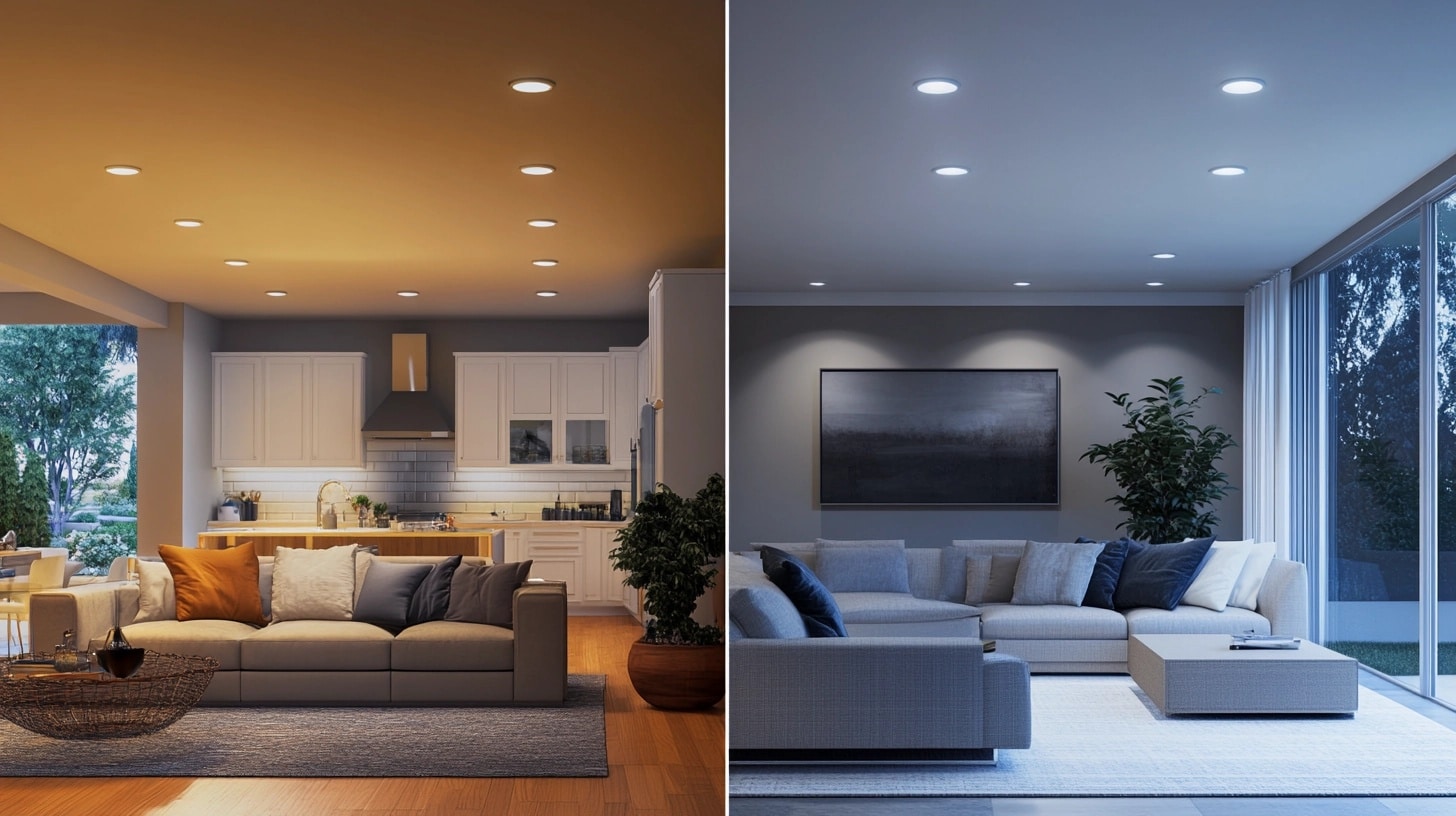The Insulation Revolution: Why 50mm PIR Insulation Boards Are Your Ultimate Energy-Saving Solution
In the ever-evolving world of construction and home improvement, energy efficiency has become a cornerstone of modern building practices. Among the various insulation materials available today, Polyisocyanurate (PIR) insulation boards have taken the spotlight for their exceptional thermal performance and versatility. Out of the various thickness options, 50mm PIR insulation boards have become a popular choice due to their remarkable ability to maximize energy savings.
What Is PIR Insulation?

Polyisocyanurate (PIR) is a type of rigid foam insulation known for its outstanding thermal properties. It is made by mixing isocyanates with a polyol blend, which then undergoes a chemical reaction to form a foam. The result is a closed-cell structure that provides excellent thermal resistance, low thermal conductivity, and remarkable strength.
PIR insulation boards are available in various thicknesses, with 50mm being a popular choice for both residential and commercial applications. This thickness strikes a balance between efficiency and ease of installation, making it suitable for a wide range of projects.
The Energy-Saving Power of 50mm PIR Insulation Boards
Now, let’s explore why 50mm PIR insulation boards are at the forefront of the energy-saving movement.
Exceptional Thermal Performance
50mm PIR insulation boards offer a high level of thermal resistance (often referred to as R-value) relative to their thickness. This means they excel at preventing heat transfer, keeping your home warm in winter and cool in summer. Their superior insulation properties contribute significantly to reduced energy consumption for heating and cooling.
Reduced Heat Loss
One of the primary functions of insulation is to minimize heat loss through walls, roofs, and floors. 50mm PIR insulation boards are remarkably effective at this, creating a thermal barrier that reduces the energy required to maintain a comfortable indoor temperature. This means lower energy bills as well as a lower carbon footprint.
Thin and Space-Saving
While thicker insulation can offer higher R-values, it’s not always practical due to limited space. 50mm PIR insulation boards strike a balance between efficiency and space-saving. Their slim profile makes them suitable for retrofitting existing structures and maintaining interior space.
Moisture Resistance
PIR insulation boards have a closed-cell structure that resists moisture absorption, making them an excellent choice for damp or humid environments. This moisture resistance helps maintain their thermal performance over time, ensuring long-term energy savings.
Fire Resistance
Safety is paramount when it comes to building materials. PIR insulation boards are known for their fire-resistant properties, providing an added layer of protection to your home or commercial space.
Versatility
50mm PIR insulation boards are versatile and can be used in various applications, including roofs, walls, floors, and even as insulation for pipes and HVAC systems. Their adaptability makes them a valuable choice for a wide range of projects.
Sustainability
Sustainability is a growing concern in construction. Many PIR insulation boards are now available with eco-friendly blowing agents that have a lower global warming potential (GWP). Choosing these options can contribute to more sustainable and environmentally responsible building practices.
Where to Use 50mm PIR Insulation Boards

50mm PIR (Polyisocyanurate) insulation boards offer excellent thermal performance and versatility, making them suitable for various applications in both residential and commercial construction. Here are some common places where you can use 50mm PIR insulation boards effectively.
Roof Insulation
You can install 50mm PIR insulation boards between the rafters or above the ceiling to create a well-insulated attic space. This helps prevent heat loss through the roof and maintains a comfortable indoor temperature. PIR insulation boards are often used in warm flat roof constructions, providing effective insulation and helping to manage temperature fluctuations.
Wall Insulation
You can apply 50mm PIR insulation boards to the exterior of masonry or timber-framed walls. This enhances thermal performance, reduces heat loss, and improves the energy efficiency of the building. In some cases, you may use PIR insulation boards on interior walls to create a thermal barrier and improve sound insulation between rooms.
Floor Insulation
Insulate ground floors or floors above unheated spaces (e.g., crawl spaces or garages) with 50mm PIR boards to prevent heat loss and maintain a consistent indoor temperature. You can also install PIR insulation boards between floor joists in suspended timber floors to improve thermal efficiency.
Commercial Buildings
PIR insulation boards are commonly used in commercial and industrial buildings to enhance energy efficiency, particularly in areas with high heat transfer requirements. In commercial office buildings, PIR insulation boards can help maintain comfortable working environments while reducing energy costs.
Pipe and HVAC Insulation
Use 50mm PIR insulation boards to insulate pipes and HVAC (heating, ventilation, and air conditioning) systems. This prevents heat loss from hot water pipes and condensation on cold water pipes while improving the efficiency of HVAC systems.
Ceiling Insulation
In certain cases, such as exposed ceilings in commercial spaces, 50mm PIR insulation boards can be installed above the ceiling to improve insulation and maintain indoor comfort.
Extensions and Renovations
When adding an extension or renovating an existing structure, 50mm PIR insulation boards can be integrated into the new construction to enhance energy efficiency and bring older buildings up to modern insulation standards.
Soundproofing:
PIR insulation boards can also contribute to soundproofing when used in walls or floors between rooms, helping to reduce noise transmission.
Remember that the suitability of 50mm PIR insulation boards for a specific application may depend on factors like local building codes, climate conditions, and project requirements. It’s essential to consult with a building professional or insulation specialist to determine the best approach for your specific project and to ensure proper installation for maximum energy-saving benefits.
Installation and Maintenance Tips
While some DIY enthusiasts may opt to install insulation themselves, it’s often best to hire a professional to ensure proper installation and adherence to local building codes. Make sure to properly seal gaps and seams to prevent air leakage, which can undermine the effectiveness of insulation.
What’s more, it’s essential to periodically inspect your insulation for signs of damage or deterioration. Damaged insulation should be repaired or replaced promptly to maintain energy efficiency. Ensure that your insulation remains dry. Moisture can compromise its thermal performance and structural integrity. Consider environmentally friendly PIR insulation options with low GWP blowing agents to minimize the environmental impact of your project.
In the quest for energy efficiency and sustainability in construction, 50mm PIR insulation boards have emerged as a game-changing solution. By investing in 50mm PIR insulation boards, you not only reduce your energy bills and carbon footprint but also create a more comfortable and eco-friendly living or working environment. Join the insulation revolution and make 50mm PIR insulation boards your ultimate energy-saving solution for a brighter, more sustainable future.







